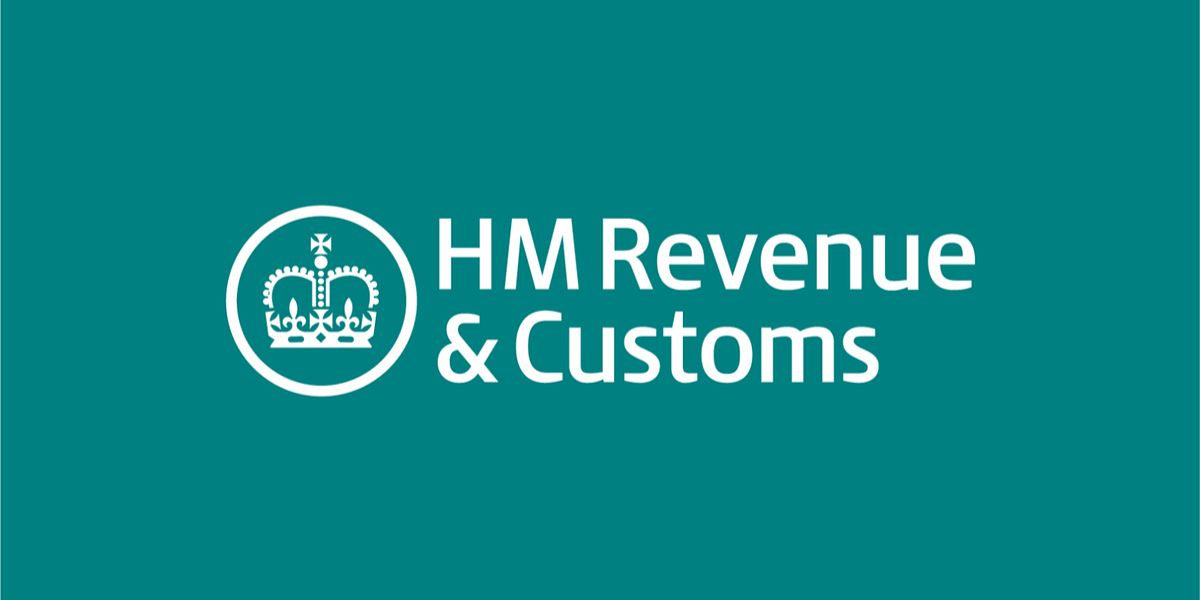The UK included legislation to introduce the Diverted Profits Tax in the Finance Bill for 2015. Guidance on the tax was updated on 30 March 2015 to explain the changes to the provisions since the draft legislation was first published. The guidance explains how the provisions will work and gives examples of their effect on certain types of arrangement.
The tax applies to diverted profits that arise after 1 April 2015 and there are apportionment provisions to establish the relevant profits. The rate of tax is 25% of the diverted profits plus “true-up” interest. The “true-up interest” ensures fairness between cases in which HMRC charging notices are issued soon after the end of the accounting period and cases where notices are delayed.
Where the diverted profits are ring-fence profits or notional ring-fence profits in the oil sector the tax is charged at 55% plus interest.
The guidance indicates that the Diverted Profits Tax will apply to three types of arrangement:
- An arrangement where a foreign company supplies goods, services or other property; the activity is designed to ensure that a permanent establishment (PE) is not created; and either the main purposes is to avoid UK tax or the arrangements secure a tax mismatch that significantly reduces the total tax derived from UK activities.
- A situation where a UK company is using transactions or entities that do not have economic substance to exploit tax mismatches.
- An arrangement where a foreign company with a UK taxable presence (a PE) exploits tax mismatches using transactions or entities that lack economic substance.
The arrangements set up to divert profits would mainly involve foreign companies but the rules could also apply to structures that are wholly within the UK.
Exemptions
There are exemptions for small and medium enterprises (SMEs); companies that only have limited sales or expenses in the UK; or arrangements that only involve loan relationships.
The definition of an SME for purposes of the exemption follows the EU definition of an SME. A company will be treated as a large enterprise for the purposes of the tax from the first period when it does not fall within the SME definition. This would exempt enterprises employing fewer than 250 persons and with either an annual turnover not exceeding GBP 50 million or a balance sheet total not exceeding GBP 43 million.
Where a foreign company has sales activity in the UK it is exempt where the sales revenues of the foreign company (and connected companies) are no more than GBP 10 million in a 12-month accounting period; or its total UK-related expenses (subject to conditions for expenses of connected companies) in a 12-month accounting period are no greater than GBP 1 million.
Computation of tax payable
The amount of profits diverted from the UK is to be computed using the normal corporation tax rules including transfer pricing provisions except in cases where the transactions are recharacterized by the tax administration. In that case the amount of profits would be computed on a just and reasonable basis.
Charging notice
Companies will need to notify HMRC within three months of the end of the accounting period (extended to six months for periods ending on or before 31 March 2016) if they are potentially within the scope of the Diverted Profits Tax, unless they come within one of the exemptions. There will be a tax-geared penalty for failure to notify. If a charging notice is issued by HMRC the tax will be payable within 30 days of the issue of the notice.


















